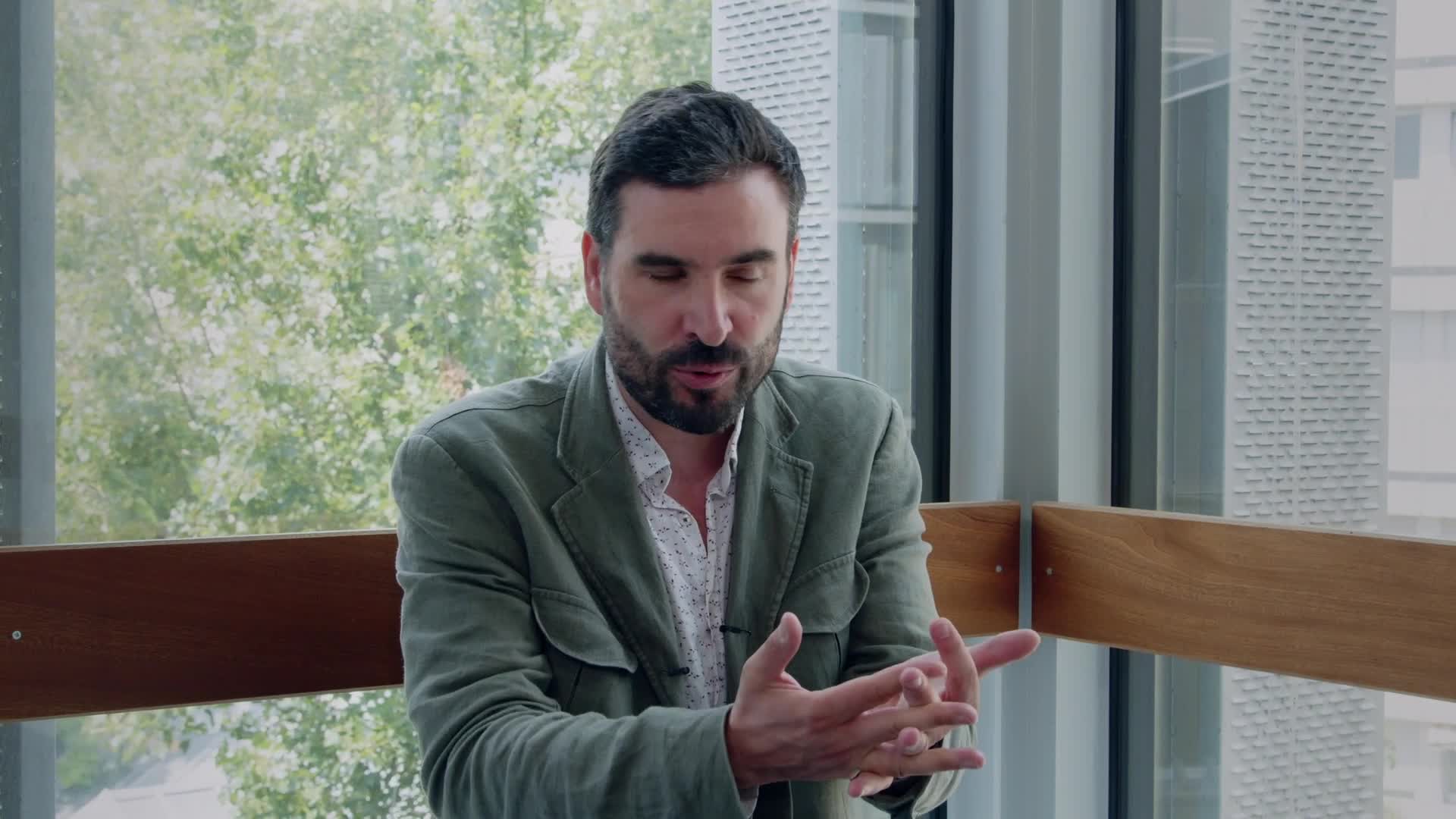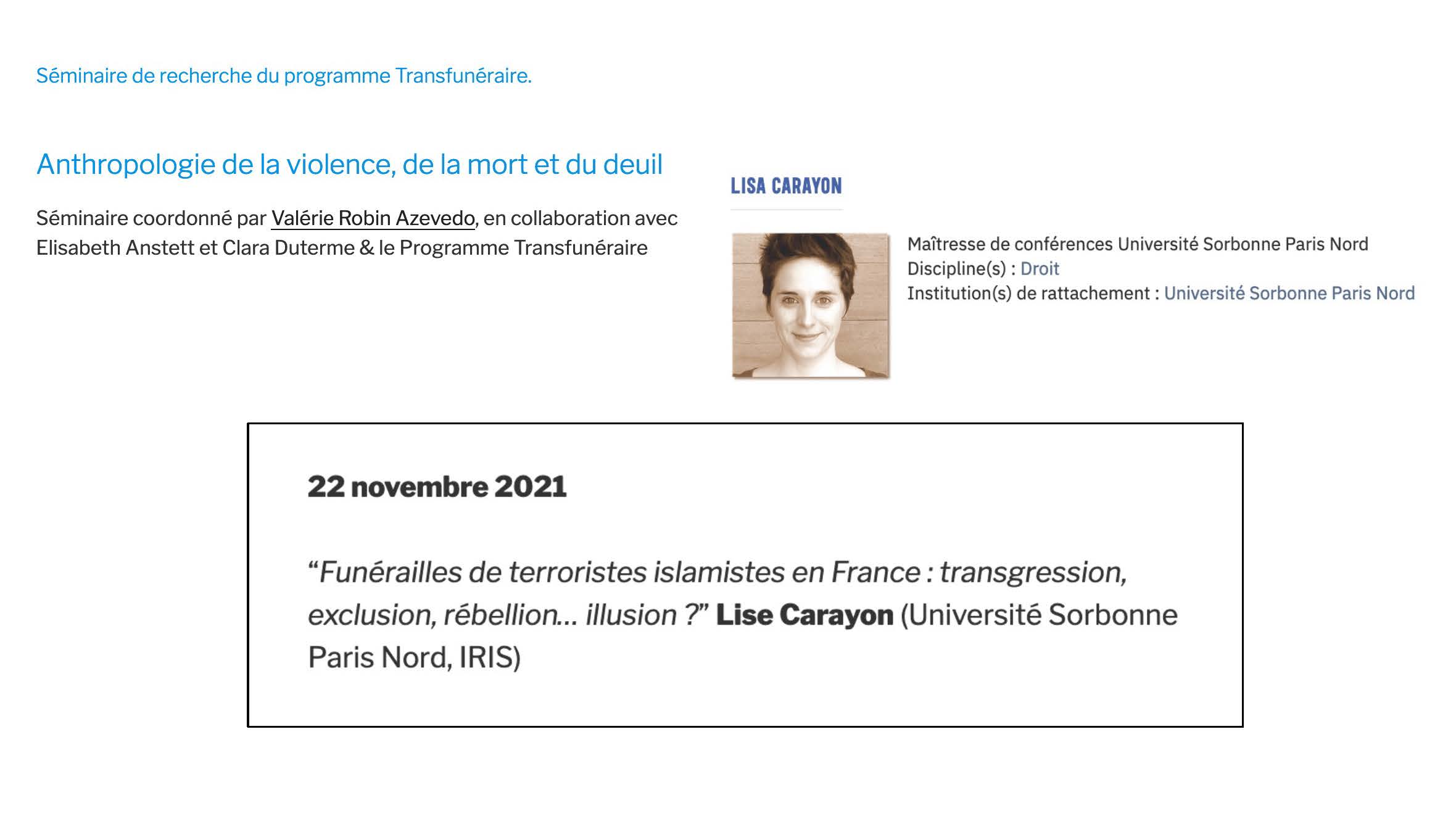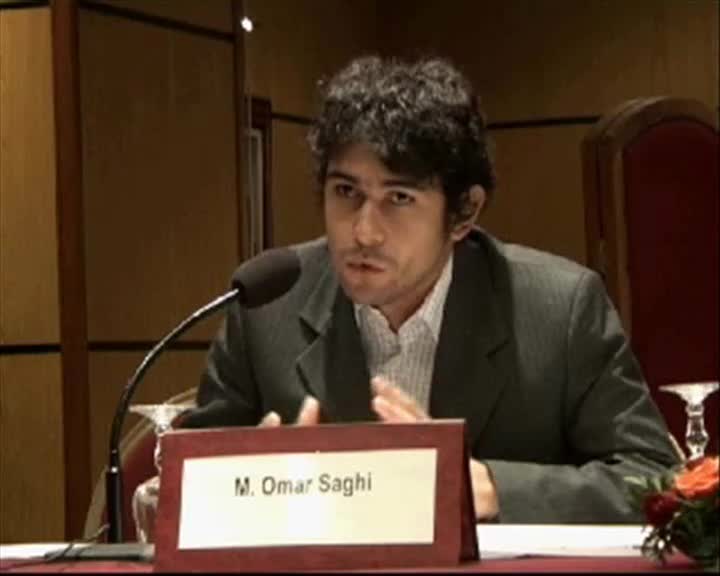Notice
Harith Hasan Al-Qarawee
- document 1 document 2 document 3
- niveau 1 niveau 2 niveau 3
Descriptif
traduction à venir
Intervention / Responsable scientifique
Documentation
Biographie,Résumé de l'intervention de Harith Hasan A-Qarawee lors du colloque
Harith Hasan al-Qarawee est chercheur au Centre d’Etudes du Moyen-Orient de Crown, à l’Université de Brandeis. Ses recherches se concentrent sur les relations entre la société et l’Etat, les transitions politiques, et les politiques d’identité en Irak et au Moyen-Orient.
Harith Hasan al-Qarawee is a fellow at the Crown
center for Middle East Studies, Brandeis University. His research focuses on
state-society relations, political transitions, and identity politics in Iraq
and the Middle East
La radicalisation, le sectarisme et le “problème sunnite” en Irak
Ma présentation vise à explorer la relation entre sectarisme et radicalisation chez les sunnites irakiens. L’objectif étant de ré-explorer deux questions clés qui n’ont été que partiellement ou insuffisamment explorées dans la littérature existante:
En premier lieu, la montée d’ISIS peut-elle être vue comme la conséquence inévitable des divisions sectaires en Iraq et des tensions entre sunnites et shi’as ? À travers une présentation nuancée des liens entre sectarisme et djihadisme, j’explique que les tensions sectaires dues aux ambitions des deux communautés religieuses (en matière de contrôle de l’Etat et de ses ressources) ne mènent pas inévitablement à une montée du djihadisme global. Ce sont les groupes djihadistes qui ont tendance à profiter de la faiblesse étatique, de l’instabilité et des divisions communautaires pour étendre leurs réseaux. Néanmoins, lorsque ces réseaux deviennent les outils de rébellion les plus efficaces, ils attirent plus de recrues non-djihadistes qui, dans certaines circonstances, modifient la structure des groupes et leurs objectifs. Si cela est vrai, est-il dès lors nécessaire d’explorer la deuxième question : dans quelle mesure ISIS est-il un produit du sunnisme irakien? J’explique que dans ses échanges complexes entre conflit et négociation avec les sunnites irakiens, ISIS ne cherchait pas à les « représenter ». Son noyau djihadiste cherchait à représenter une certaine forme de sunnisme, très peu liée aux objectifs des sunnites irakiens. L’Irak fut témoin d’un phénomène d’invention d’une communauté « sunnite » après 2003, qui accompagnait et devenait nécessaire à la tension grandissante avec les Shi’as irakiens. Ceci eut pour résultat un conflit incessant sur la signification du sunnisme, en particulier entre ceux qui le considèrent comme une identité transnationale et ceux qui cherchent à le transformer en une communauté sectaire. Enfin, cette présentation étudie les implications du conflit pour l’Irak post-ISIS.
Radicalization, Sectarianism and the ‘Sunni Problem’ in Iraq
My presentation discusses the relationship between sectarianism and radicalization among Iraqi Sunnis. The objective is to re-explore two key questions that were superficially or insufficiently addressed in the existing literature :
First: Was the rise of ISIS an unavoidable outcome for the heightened sectarian divide in Iraq and tensions between Sunnis and Shi’as?
Presenting a nuanced account of the relationship between sectarianism and jihadism, I argue that the sectarian tension between two religious communities competing for more control over the state and its resources does not inevitably lead to the rise global jihadism. It is the latter (global jihadist groups) that tend to take advantage of state fragility, instability and communal divisions to expand its networks. However, when those networks become the most effective ‘rebellious’ tools, they attract more non-jihadi recruits who, in certain circumstances, begin to change the structure of the group and its objectives.
If this is true, then it is necessary to explore the second question: to what extent ISIS was an Iraqi Sunni product?
Here I argue that in its sophisticated relationship of both conflict and negotiation with Iraqi Sunnis, ISIS did not aim to ‘represent’ them. Its jihadi core sought to ‘represent’ and lead a certain type of “Sunnism’ that was largely unrelated to the objectives of Iraqi Sunnis as an ‘imagined community’. Iraq has witnessed a process to invent a ‘Sunni’ community following 2003; a process which was accompanied and necessitated by the heightened tension with Iraqi Shi’as. This resulted in a continuous conflict on the meaning of ‘Sunnism’, particularly between those who view it as a transnational identity and those who seek to turn it into a ‘sectarian community’.
Finally, the presentation examines the implications of this conflict for post-ISIS Iraq.
Dans la même collection
-
Géraldine Casutt
CasuttGéraldineGéraldine Casutt revient sur l'engagement féminin en Occident et sur les femmes formées au djihad et partant pour la Syrie. Le phénomène est "contre-intuitif" car il renvoie au double défi de penser
-
-
Peter Neumann
NeumannPeter HorstPeter Neumann compare les scènes djihadistes en Allemagne et en Grande-Bretagne, en pointant les spécificités de chaque pays et en les comparant à leur tour au cas français. Les conditions socio
-
-
Lorenzo Vidino
VidinoLorenzoLorenzo Vidino compare le djihadisme aux États-Unis et en Europe. Le problème qui est mineur aux États-Unis : le facteur démographique et la meilleure intégration des musulmans dans la société les
-
Sur le même thème
-
Salaf
CandiardAdrienLacroixStéphaneLe terme salaf désigne les premières générations de musulmans, celles des Compagnons et des successeurs du prophète de l’islam. L’instauration des salaf comme figure d’autorité dans les écrits
-
Lisa Carayon : Funérailles de terroristes islamistes en France : transgression, exclusion, rébellio…
Robin AzevedoValérieCarayonLisaEnregistrement audio de l'intervention de Lisa Carayon dans le cadre du séminaire Anthropologie de la violence, de la mort et du deuil, le 22/11/2021
-
Terrorisme, télévision et fonction tribunitienne
SaghiOmarMédias et construction des Identités collectives en Méditerranée 3e session : Médias et imaginaires politiques Colloque organisé par l’Ifri en partenariat avec la Fondation du Roi Abdul-Aziz,
-
Présentation du rapport final du Panel International sur la Sortie de la Violence
Ce rapport présente les résultats des neuf groupes de travail d'IPEV, fruits de deux ans de collaborations internationales et interdisciplinaires, et vise à penser la sortie de la violence aux
-
DJIHAD
BencheikhGhalebBenraadMyriam:Djihad Que signifie le mot djihad ? Pourquoi le traduit-on souvent par « guerre sainte ? Cette vidéo restitue la pluralité de sens de ce terme, dont la définition a été dévoyée par l
-
Symbiosis of terrorist tactics and high tech: with some unthinkable counter-measures - Randall Coll…
CollinsRandallSéminaire Violence et sortie de la violence - 31 mai 2018 La puissance croissante des armes, combinée à la surveillance aérienne, aux satellites, aux capteurs et à la communication mondiale
-
Alexis LECATELIER,Doctorant, Université de Lille
Colloque organisé par l'association Hémisphère Droit. Subordination du Droit au Nombre, menace pour la démocratie et les droits fondamentaux ? La gouvernance par les nombres : une réponse pertinente
-
Djihadisme et radicalités en Asie
RacineJean-LucMadinierRémyCastetsRémiSéminaire Violence et sortie de la violence - Mardi 5 juin Table ronde avec Rémi Castets, Rémy Madinier et Jean-Luc Racine. Intervenants Rémi Castets est politologue. Maître de
-
Misunderstanding Tradeoffs in the French and American War on Terror
HolmesStephenConférence finale du Prof. Stephen Holmes Cette conférence s'est inscrite dans le cadre du séminaire de MM. Manin et Pereira, l'Etat de droit face au terrorisme. Le professeur Holmes est lauréat d'une
-
[Audio] Torture et temporalité thérapeutique dans une clinique de réhabilitation pour les survivant…
BuchEstebanSéminaire Violence et sortie de la violence - Jeudi 17 mai 2018 Au cœur du processus thérapeutique réside l’idée d’une guérison plus ou moins lente ou l’attente, au moins, d
-
Le terrorisme islamiste au Sahel
Avec Marc-Antoine Pérouse de Montclos, Politiste, Directeur de recherche, IRD « Le djihad au Sahel : local ou global ? » et Elodie Apard, Historienne, Directrice de l'IFRA-Nigeria « De la
-
Un monde sans esprit. La fabrique des terrorismes.
GoriRolandLe terrorisme rationnel des machines et des algorithmes, la marchandisation de la culture, du soin et de l’éducation, tendent à priver les citoyens et les peuples de leurs passés comme de leurs

















![[Audio] Torture et temporalité thérapeutique dans une clinique de réhabilitation pour les survivants de la torture au Danemark](https://vod.canal-u.tv/videos/media/images/fmsh/torture.et.temporalite.therapeutique.dans.une.clinique.de.rehabilitation.pour.les.survivants.de.la.torture.au.danemark_42989/vignette.lotte.buch.segal.jpg)

